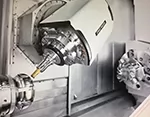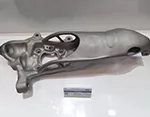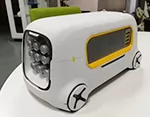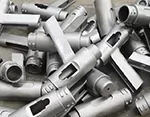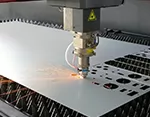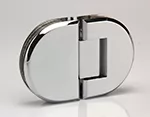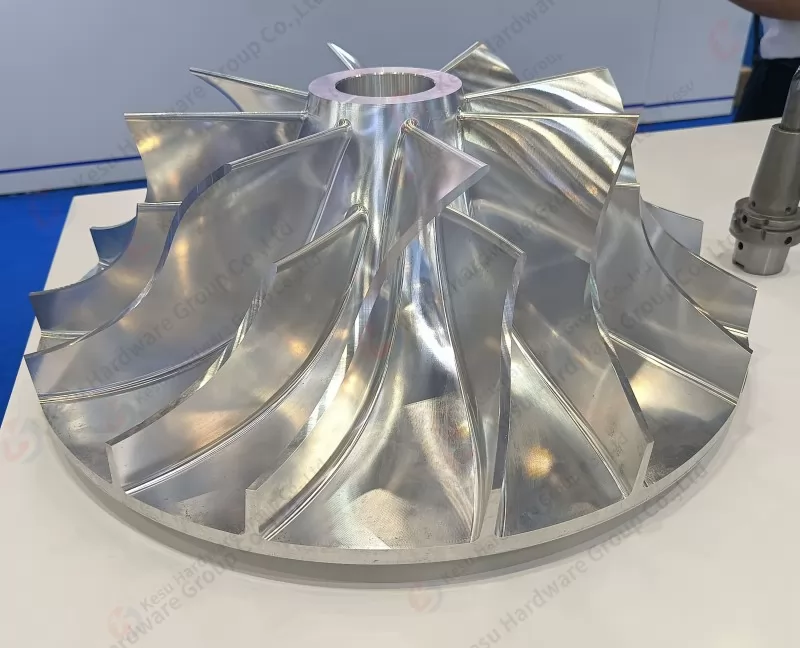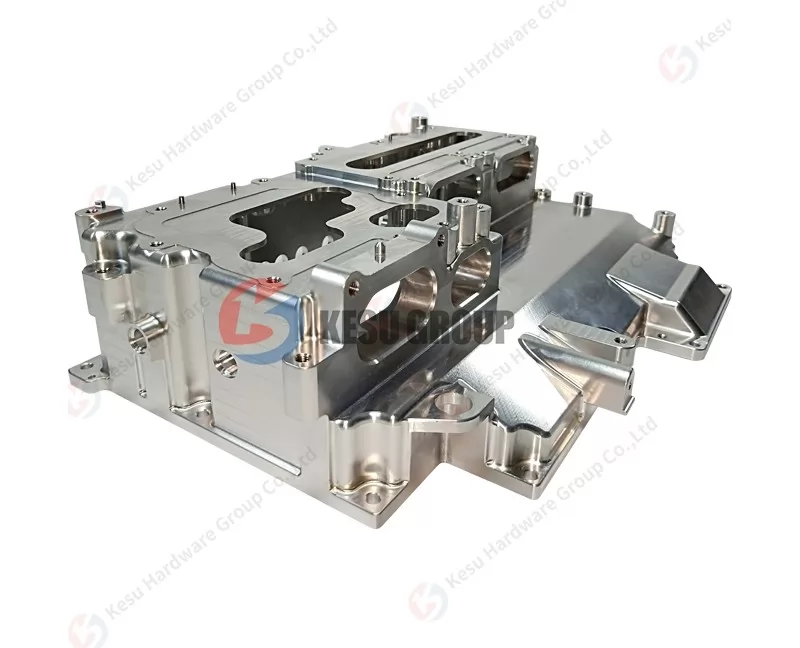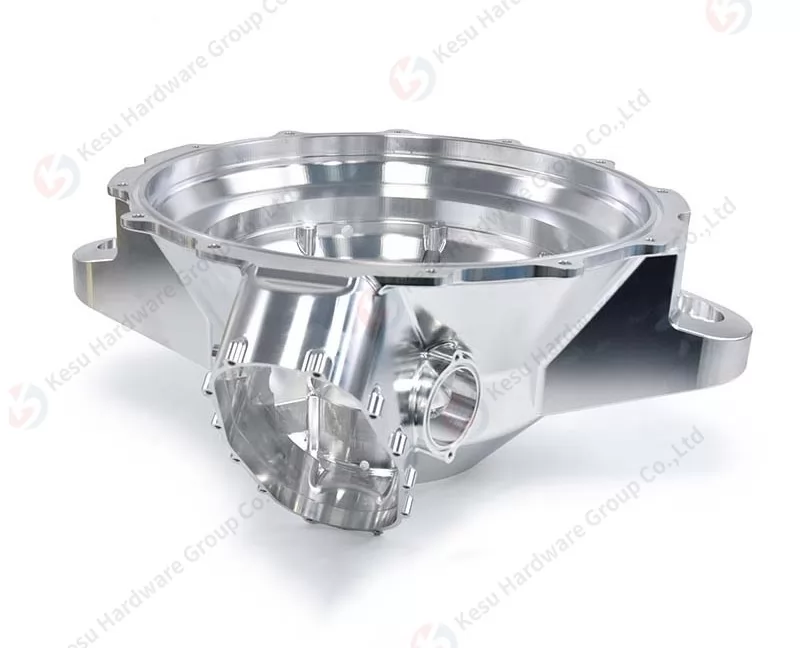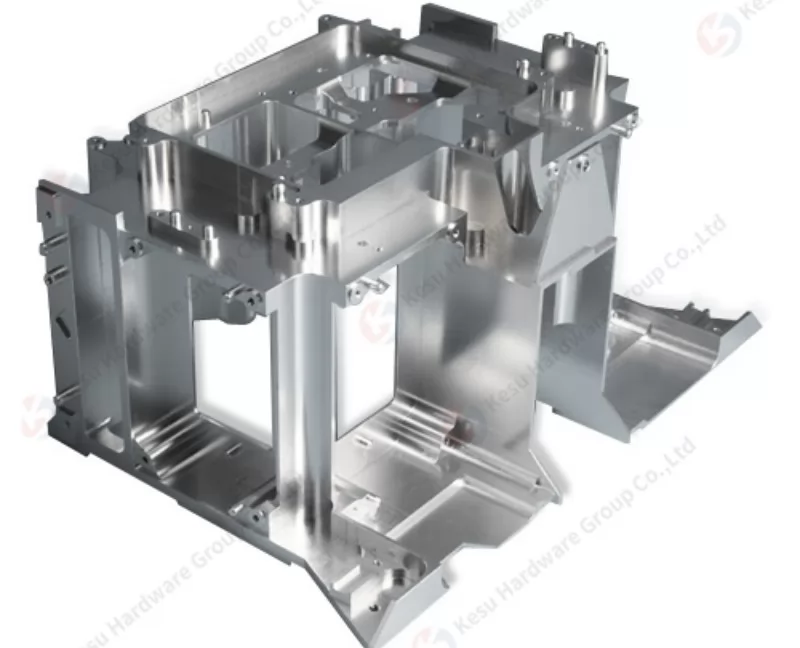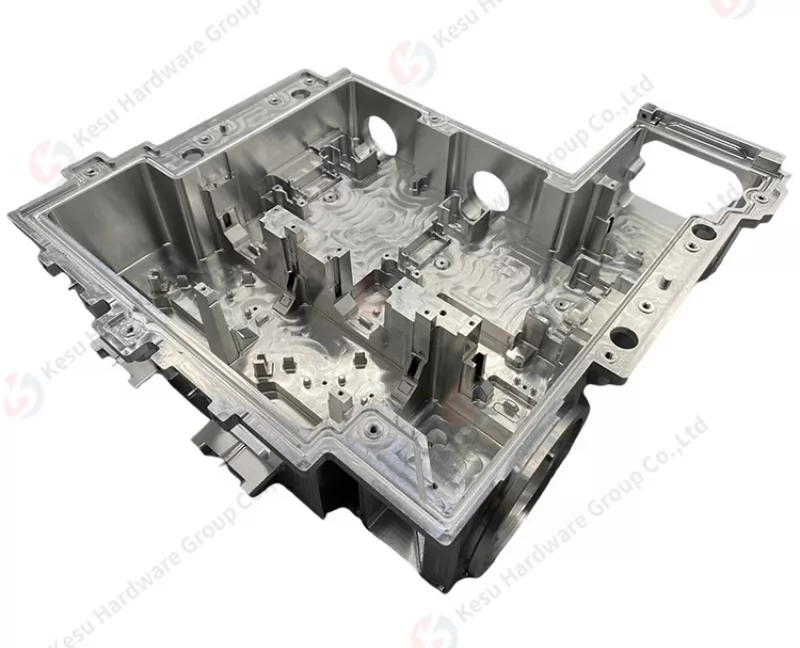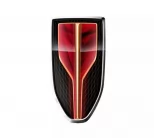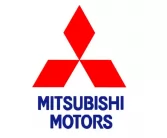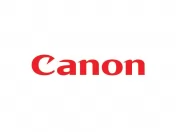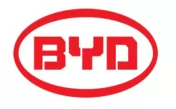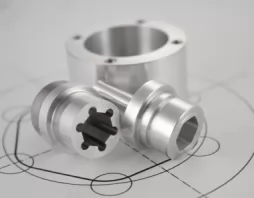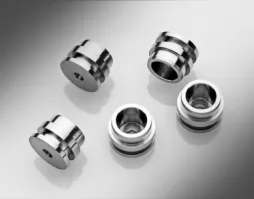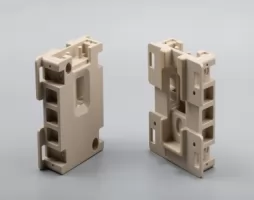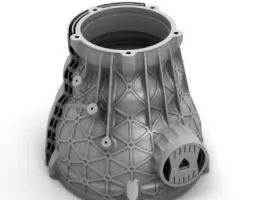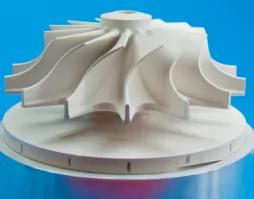-
Service
+
- CNC Precision Machining Service +
- Multi-Axis Simultaneous Machining Service +
- CNC Turning Service +
- Metal 3D Printing Service +
- Rapid Prototyping Service +
- Die Casting Service +
- Sheet Metal Fabrication Service +
-
Finish Serivces
+
- Polishing
- Grinding
- Brushed Finish
- Sand blasting
- Painting
- Powder Painting
- Anodizing
- Hard anodizing Service
- Passivation
- Zinc Plating
- Nickel Plating
- Chrome Plating
- Blackening
- Black Zinc Plating
- Teflon Coating
- Titanium Coating
- DLC Coating
- Laser Marking
- Silk Screen Printing
- Transfer Printing
- Micro Arc Oxidation
- Industries +
- About Us +
- Resource +
- Contact Us
- Quote

-
Service
-
>
-
>
-
>
-
>
-
>
-
>
-
>
-
>
-
- Industries
- About Us
- Resource
- Contact Us
High Quality & Precision CNC Machining for Complex Parts in China
In manufacturing, "complex geometry" refers to parts with a three-dimensional design that has features such as undercuts, hollow spaces or complex internal structures. Complex parts have relatively high requirements on machining accuracy and technology, and are time-consuming, costly, and more challenging.Complex parts are widely used in industries that require high precision and structure, such as aviation, automobiles, mechanical equipment and other fields. Due to their design, specific dimensions and requirements, more complex parts require more consideration during machining. To manufacture viable, high-quality parts with complex geometries, engineers must evaluate several key factors, including production methods, production costs, and design optimization.
What is a complex part?
The so-called complex parts refer to the parts whose processing technology needs to be costly and time-consuming. Its characteristics are complex structure, high precision requirements and technical content, extremely low reproducibility, high cost, and long time consumption.
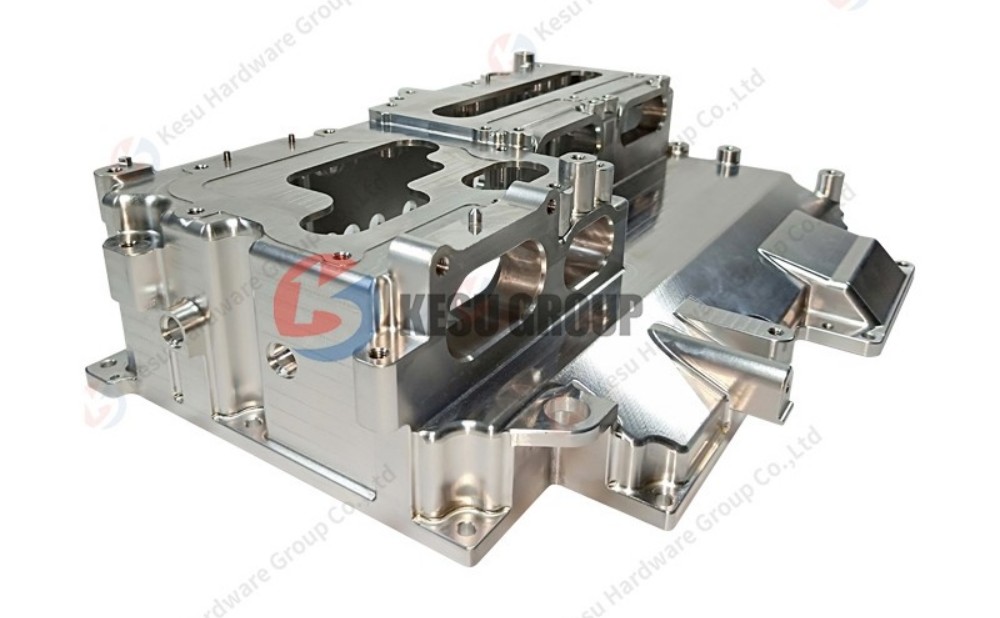
Complex Parts
What factors affect parts complexity?
1) Size and weight of parts.
Size alone does not determine part complexity, but it can be a factor. More complex parts are more challenging, so engineers need to consider the size of each feature before machining, as this affects the size of the cutting tool used. Larger high-speed cutting tools remove material faster, reducing machining time.
2) The processing method of the parts.
The number of operations, interventions and inspections required also affects part complexity. Depending on geometry, surface treatment and tolerances, etc., the sequence of operations can be complex, time-consuming and detailed. For example, a complex part may require multiple repositionings and human interventions.
3) Precision and tolerance of parts.
The precision and tolerances of a part can affect the choice of equipment used for processing, as well as cost and lead time. Achievable precision and tolerances are also influenced by material, processing speed and tooling. In short, the higher the accuracy and the tighter the tolerances, the higher the part cost. Higher tolerances allow for greater precision, but may also involve additional processes, operations, tools and machines, adding to the cost.
What kind of environment is required to process complex parts?
Complex machined parts must function in unique environments. Complex components are "complex" because of their design characteristics that allow them to withstand high pressure, high temperature or extreme environments. For example, heavy concrete trucks used in construction are equipped with a complex type of rollers in order to function properly. When these special rollers were replaced by simpler, less expensive designs, the extreme environmental stresses caused concrete to seep into the inferior rollers. Once the roller is damaged, the concrete seeps into the rest of the vehicle, rendering it completely irreparable.In such cases, the extra work for a complex machined part can more than cost itself. The processes used to make them more durable, resistant to high temperatures, low temperatures and enormous pressures require a high level of skill, experience. High-precision, high-tolerance machining and additional special handling can make or break the performance of complex machined parts.
What equipment is needed to machine complex parts?
With the continuous development and improvement of multi-axis CNC machine tools, four-axis and five-axis machining centers are used more and more widely in the production process of modern manufacturing. Especially for some mechanical products with very high spatial position accuracy or very complex profiles. Multi-axis machining centers have shown great advantages, with higher processing efficiency and better processing quality.
Generally complex parts and complex shapes require five-axis simultaneous machining. According to the provisions of ISO, when describing the movement of CNC machine tools, a right-handed Cartesian coordinate system is used. The coordinate axis parallel to the main axis is defined as the z axis, and the rotation coordinates around the x, y, and z axes are A, B, and C, respectively. The movement of each coordinate axis can be realized by the workbench or by the movement of the tool. But the direction is defined by the moving direction of the tool relative to the workpiece. Usually five-axis linkage refers to the linear interpolation motion of any 5 coordinates in x, y, z, A, B, and C. In other words, five axes refer to the three movement axes of x, y, and z plus any two rotation axes. Compared with the common three-axis (x, y, z three degrees of freedom) machining, five-axis machining means that when machining parts with complex geometry, the machining tool needs to be able to be positioned and connected in five degrees of freedom.
The machine tool used in five-axis machining is usually called five-axis machine tool or five-axis machining center. The five-axis machine tool can process different sides of the workpiece without changing the position of the workpiece on the machine tool, which can greatly improve the processing efficiency of prismatic parts.Compared with three-axis CNC machining, from the perspective of technology and programming, the use of five-axis CNC machining for complex surfaces has the following advantages:
1) Improve machining quality and efficiency.
2) Expand the scope of the process.
3) Meet the new direction of compound development.
With 5-axis simultaneous machining, complex parts can be produced with fewer operations and setups, reducing costs and lead times. Kusu's 5-axis equipment allows for the creation of precisely controlled tool paths to efficiently machine complex geometries, greatly increasing productivity.
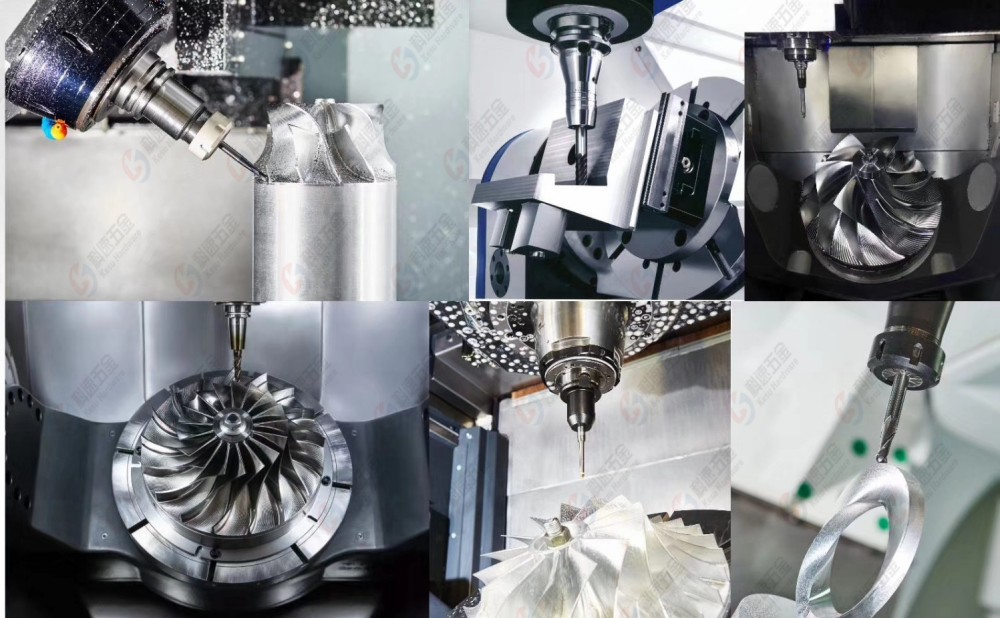
5 Axis CNC Machining For Complex Parts
What factors should be considered when carrying out CNC machining of complex parts?
1) Machine cutting shaft.
The capabilities of the machine determine the complexity of the CNC cut. Modern CNC technology allows for multi-axis rotation and translation. This allows machining of highly complex parts. For example, a 5-axis machine can cut angles that a 3-axis machine cannot. Part manufacturing often requires multiple setups to machine all the features on the part. But with higher axis capabilities, we can reduce the number of setups and increase the potential to manufacture highly complex CNC parts.
2) Cutting tool and part features.
How the part is designed will define the level of complexity required to manufacture the part. Multi-axis machines allow complex parts to be machined, but we must also practice cost-effective manufacturing. The first is to use standard-sized cutting tools whenever possible.
3) Selection of processing tools.
Carbide and ceramic-coated tools are two of the best options for CNC machining complex parts because of their ability to cut hardened materials and for high-speed machining applications. However, these types of knives are expensive. Therefore, product development teams must determine whether high-complexity features are really needed to justify the additional manufacturing requirements and cost.
4) Tolerance and surface treatment.
Tight tolerances and surface finish are key attributes to consider for custom machined parts. The complexity of a part depends not only on geometry and size, but also on the level of precision and accuracy with which the part is machined.
COOPERATION PROCESS
>> Operation Process
1. Contact us with the drawings of your products.
Files formats are accepted when clients send us drawing.
3D: Pro/E, UG
2D: Auto CAD
Accepted file format: .igs, .prt, .stp, .x_t, .dxf, .dwg, .pdf, .jpg, .tif, .bmp, .doc, .xls.
2. Receive our offer. We will send you the quotation sheet as soon as possible.
3. Place the orders.
4. Make payments.
5. Engineers write programs for products.
6. Production.
Machining types: CNC milling, CNC turning, grinding, stamping, bending, welding, die casting, drilling, tapping and injection molding.
CNC machining range:
* Aluminum: 6061, 6063, 6061-T6, 7075, 5052, 2017, 6083.
* Steel: Q215,Q235,10# 15#, 45#, S136, SKD11,718H.
* Copper / brass / bronze.
* Titanium / TC4.
* Plastic: Delrin (POM), Teflon, Nylon, PA, PC, PMMA, Ultem (PEI), PTFE.
* Stainless steel: 303, 304, 316, 430, 420.
Surface treatment: laser engraving LOGO, Anodizing, Sandblasting, Plating chrome, Plating nickel, RoHS zin, Assembly, Welding, Heat treating, and so on.
7. QC checks the quality of machinery machining parts.
8. Packing.
9. Delivery.
>> Equipment
CNC milling machines, CNC turning machines
>> Tolerance
Tolerance for the precision machined aluminum parts: ±0.01mm.
>> Our characteristics
1. Our service is from the provision of technical advice, our engineers will take into account all your requirements to choose the best materials and production processes;
2. We have ample material suppliers to meet the supply of bulk or proofing materials;
3. Our engineers will choose the right tool according to the different nature of the material processing;
4. For easy deformation of the material (nylon, copper, etc.) will have a special process processing;
5. Strict quality management, to ensure the provision of high-quality products
For more information and consultation, contact us here!
E-mail: Erin@kesugroup.com
WhatsApp:+86 132 4065 0719

